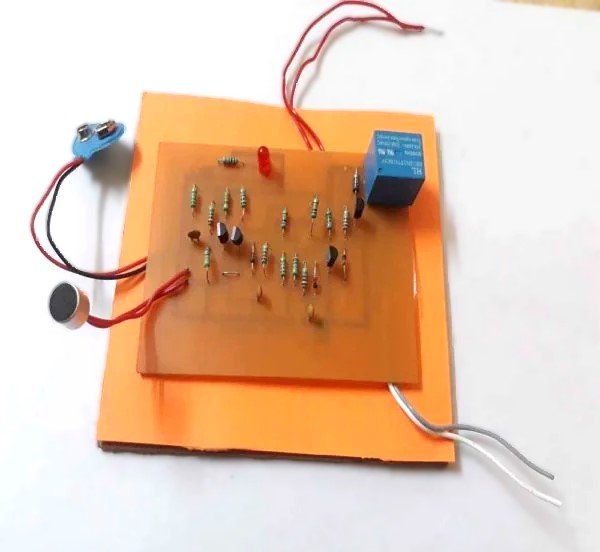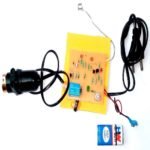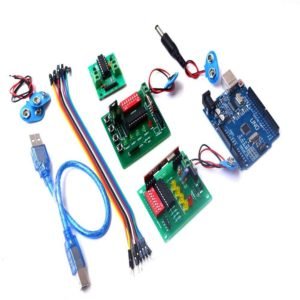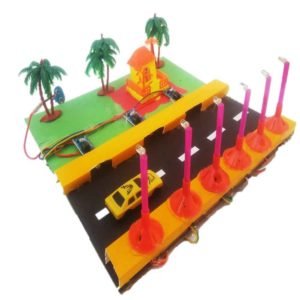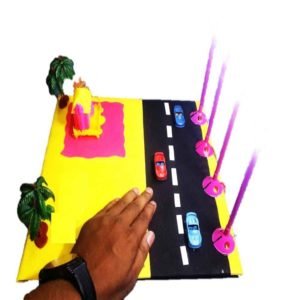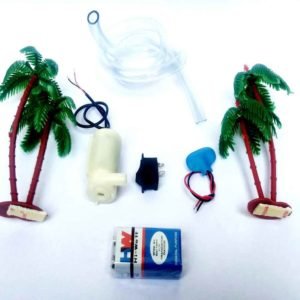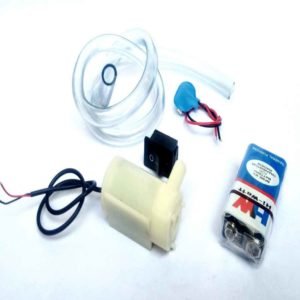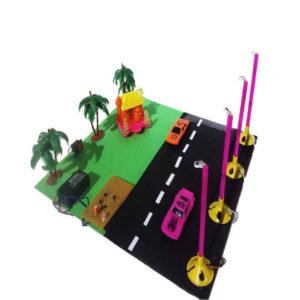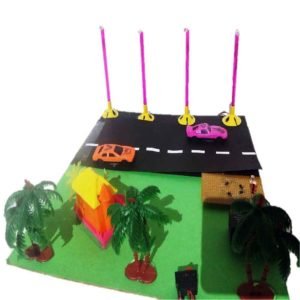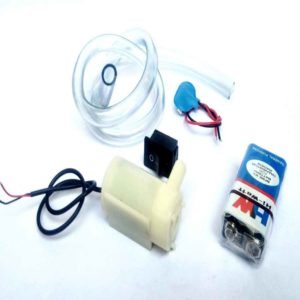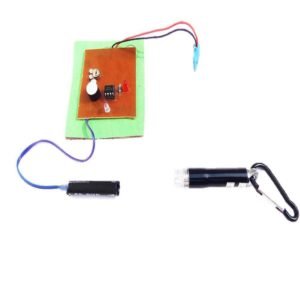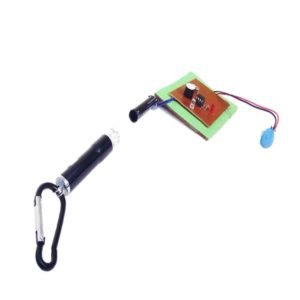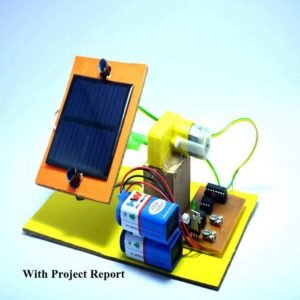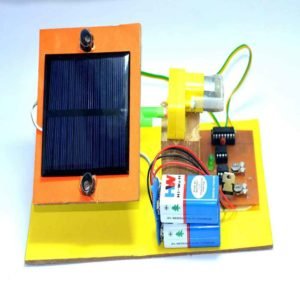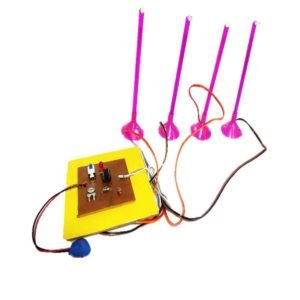-46%
Clap Switch Sound Control Circuit
Original price was: 1,299.00₹.699.00₹Current price is: 699.00₹.
- College Level Project.
- Totally Hand-made.
- No Branding.
- 100% working. Tested by S.R. Robotics.
- FREE Shipping.
- Description
- Additional information
Description
Clap Switch Sound Control Circuit Project, an ideal venture for engineering and school students exploring electronics. This project utilizes the basic principle of converting clap sound into an electrical signal to trigger a relay, enabling control of electrical loads.
Components Used:
- Small Microphone: Detects clap sound and converts it into an electrical signal.
- Relay: Controls the on/off function of the electrical device connected at the output socket.
- Powerline Connection: Connects to the powerline for controlling a 220V load.
- Electronic Components: Includes all necessary electronic parts for assembling the clap switch circuit.
- 6V Relay: Serves as the switch to control the electrical device based on the detected clap sound.
Features:
- Utilizes clap sound to trigger relay for controlling electrical loads.
- Ideal project for engineering and school students interested in electronics.
Working:
- The small microphone detects clap sound and converts it into an electrical signal.
- This signal triggers the relay, which controls the on/off function of the connected electrical device.
Applications:
- Home automation: Control lights, fans, or other appliances with a clap.
- Educational purposes: Learn about sound-based circuit control and relay operation.
- Entertainment: Create fun and interactive projects for parties or events.
Embark on a journey of experimentation and learning with this simple yet fascinating clap switch circuit project. Ideal for beginners in electronics, this project offers hands-on experience in circuit design and operation, fostering a deeper understanding of basic electronic principle.
Watch this video to learn how to make the project:



Additional information
| Technical Details |
|---|



